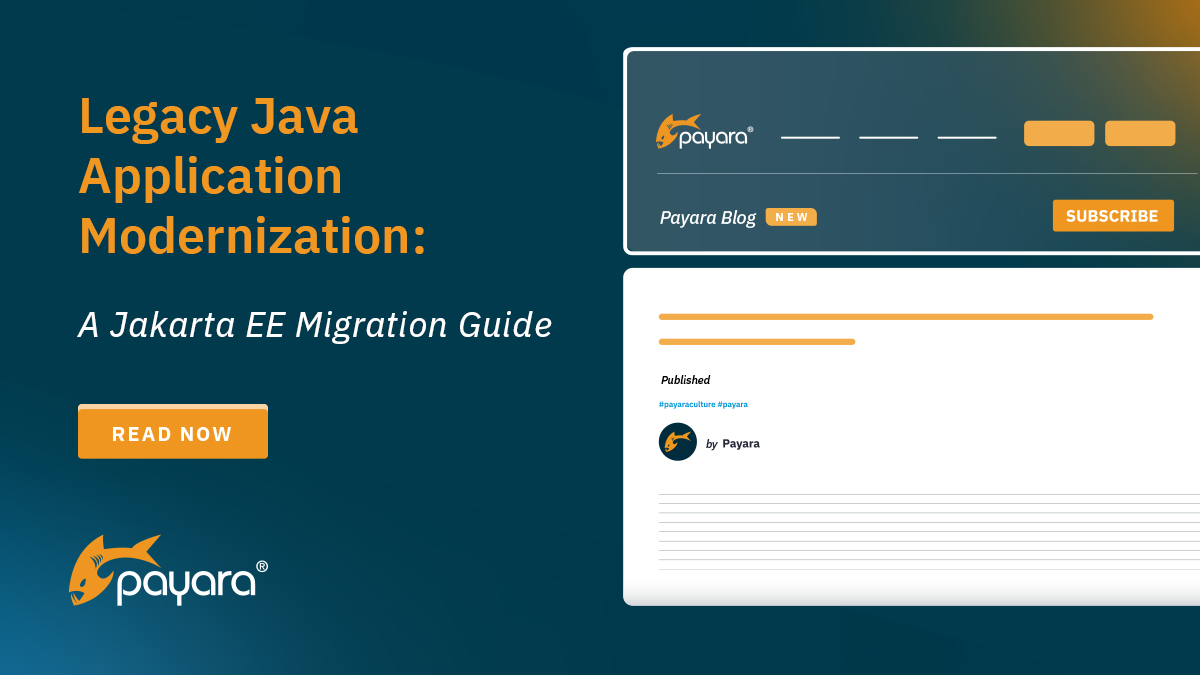 3 minutes
3 minutes
End-of-Life Technology: How to Drive Innovation Without Compromising Stability
When legacy systems approach end-of-life (EOL), enterprise IT teams typically face the choice of moving forward at all costs […]

Modernizing legacy applications in the cloud era has become an imperative for business success. With customer expectations constantly rising and digital transformation becoming critical for business survival, understanding how to approach legacy application modernization has never been more important.
This blog post is based on our comprehensive legacy application modernization white paper that you can download for free here.
Contrary to popular belief, a legacy application isn’t just old software. According to Gartner, it’s “an information system that may be based on outdated technologies, but is critical to day-to-day operations.” Interestingly, even relatively modern applications written in Java could be considered legacy if they are built on outdated frameworks like J2EE that are no longer supported.
Organizations often underestimate the hidden costs of maintaining legacy systems:
Based on complexity and business impact, organizations can choose from seven modernization approaches. Here’s a comprehensive comparison.
|
Strategy |
Description |
Effort Level |
Business Impact |
Best For |
|
Retain/Encapsulate |
Keeps existing system while exposing functions through modern interfaces |
Low |
Moderate |
Stable systems that still deliver value but need modern integration points |
|
Rehost |
Moves application to new infrastructure with minimal changes |
Low-Moderate |
Moderate |
Systems limited by current infrastructure or hardware |
|
Replatform |
Updates runtime and framework versions while maintaining core functionality |
Moderate |
Moderate-High |
Applications running on outdated but similar platforms |
|
Refactor |
Optimizes internal code structure without changing external functionality |
Moderate-High |
Moderate-High |
Systems with significant technical debt but solid core functionality |
|
Rearchitect |
Fundamentally alters code structure to enable cloud-native capabilities |
High |
High |
Applications that need significant architectural improvements |
|
Rebuild |
Complete rewrite while preserving core functionality and business rules |
Very High |
Very High |
Systems where modernization costs exceed rebuilding costs |
|
Replace |
Implementation of entirely new solution based on current requirements |
Highest |
Highest |
Outdated systems that no longer meet business needs |
Success in legacy application modernization relies on three key pillars that must work in harmony to ensure effective transformation.
Organisational culture plays a pivotal role in modernization success. It’s essential to create an environment that accepts change while maintaining stability. Start by securing buy-in from all stakeholders, from C-level executives to end-users. Set clear expectations about the modernization journey, including potential challenges and benefits. Prepare your organization for changes in workflows, tools and processes. Remember that resistance to change is natural – address concerns proactively and maintain open communication channels throughout the modernization process.
A strategic approach to portfolio management is crucial for modernization success. Begin by conducting a thorough assessment of your application landscape. Prioritize applications based on business value, technical debt and modernization urgency. Consider your resource constraints carefully – both in terms of budget and expertise. Create a balanced modernization roadmap that combines quick wins to build momentum with longer-term strategic initiatives. Use metrics and KPIs to track progress and demonstrate value to stakeholders.
While technology choices are important, they should be driven by business needs rather than trends. Carefully evaluate modernization approaches based on your organization’s specific context. Consider both current requirements and future scalability needs. Don’t fall into the trap of blindly following technology trends – what works for one organization may not work for another. For instance, while microservices are popular, they might not be the best choice for every application. Instead, focus on selecting technologies that align with your team’s capabilities and your organisation’s long-term technology strategy.
A significant portion of enterprise legacy applications are built on Java EE/J2EE platforms, making Jakarta EE a natural modernization path. Jakarta EE (formerly Java EE) represents the evolution of enterprise Java, offering a powerful framework for modernizing legacy applications while maintaining enterprise-grade reliability.
The transition from Java EE to Jakarta EE provides several modernization opportunities:
Jakarta EE is valuable when:
While microservices are often touted as the ultimate modernization goal, this isn’t always the best approach. Jakarta EE supports both monolithic and microservices architectures effectively. Modern monolithic applications built with Jakarta EE can be just as cloud-native and maintainable as microservices, often with less complexity. The key is choosing an architecture that aligns with your business goals and organizational capabilities.
For example, you might:
Let’s look at a practical example of modernizing a J2EE application using different strategies:
Before starting on a modernization journey:
Legacy application modernization is not just about updating technology – it’s about transforming your business for the digital age. While the process can be complex, taking a structured approach focused on culture, portfolio and technology can help ensure success. The key is to start with a clear understanding of your goals and choose modernization strategies that align with your organization’s capabilities and resources.
Remember, modernization is a journey, not a destination. As technology continues to evolve, maintaining modern, adaptable applications will become increasingly crucial for business success.
Want to learn more about legacy application modernization? Download a copy of “A Business Guide to Legacy Application Modernization For The Cloud Era” and feel free to reach out to discuss your modernization challenges as well as opportunities.
Share:
 3 minutes
3 minutes
When legacy systems approach end-of-life (EOL), enterprise IT teams typically face the choice of moving forward at all costs […]
 5 minutes
5 minutes
November has been one of the busiest months of the year for the Java and Jakarta EE ecosystem. With […]
 3 minutes
3 minutes
Working with enterprise Java databases can sometimes feel like swimming upstream. Jakarta EE 11’s Jakarta Data helps developers glide […]